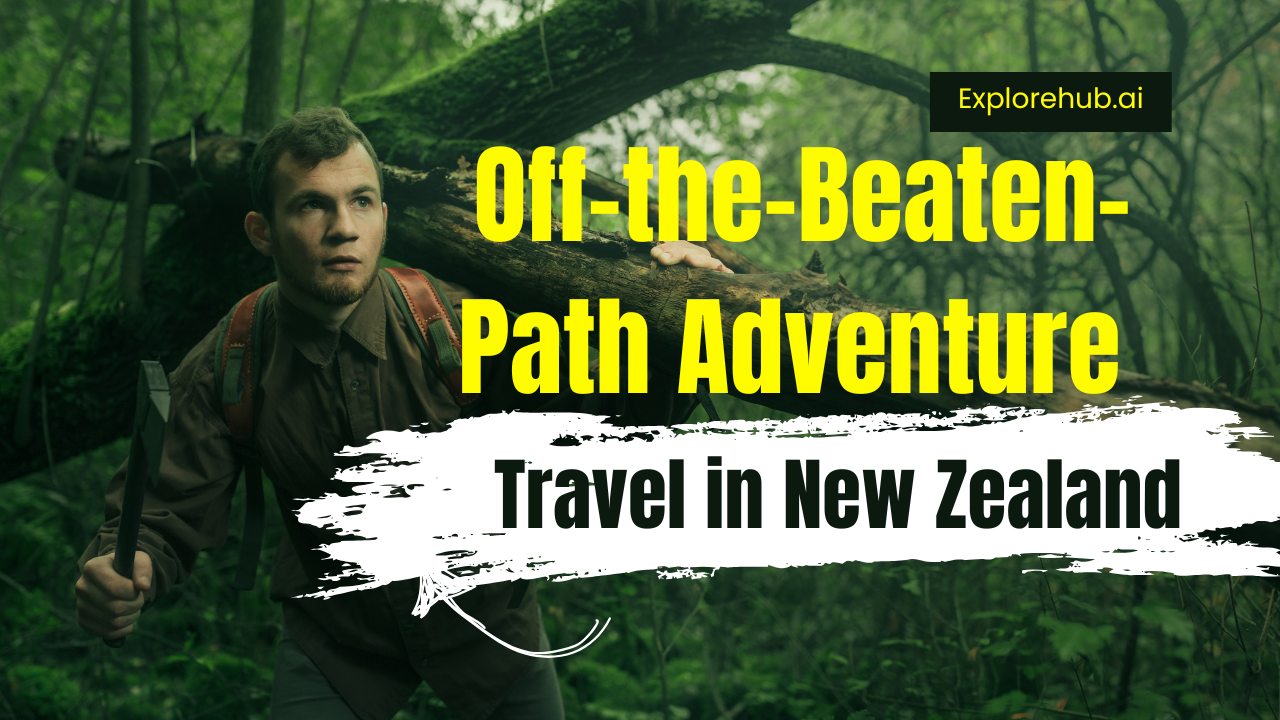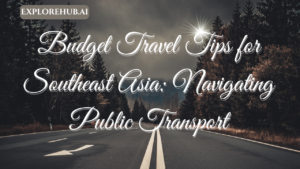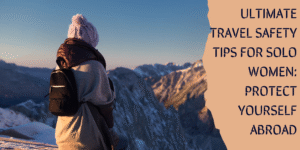New Zealand is famous for its breathtaking landscapes and thrilling outdoor activities. While popular spots like Queenstown and Rotorua attract crowds, the country’s true adventure lies in its remote and untouched corners. For travelers seeking hidden gems, New Zealand’s off-the-beaten-path destinations offer unforgettable experiences.
Table of Contents
Why Choose Off-the-Beaten-Path Adventures?
Uncrowded Experiences
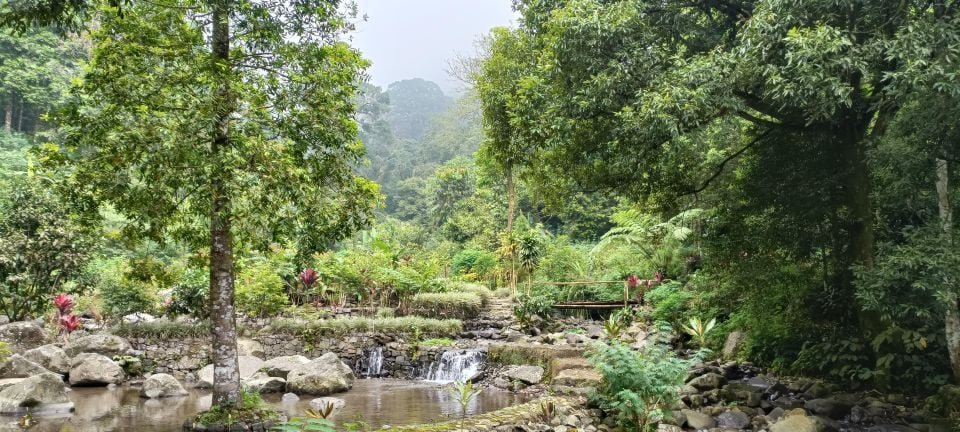
Avoid the tourist hustle by exploring lesser-known gems that provide peace, serenity, and a deeper connection to nature.
Hidden Gems Await

Discover secluded beaches, mystical caves, and unspoiled wilderness that remain largely untouched by mainstream travelers.
Best Time to Explore New Zealand’s Remote Destinations
Summer Adventures (December to February)

Ideal for hiking, beach excursions, and water sports, with long daylight hours enhancing your outdoor experience.
Winter Exploration (June to August)
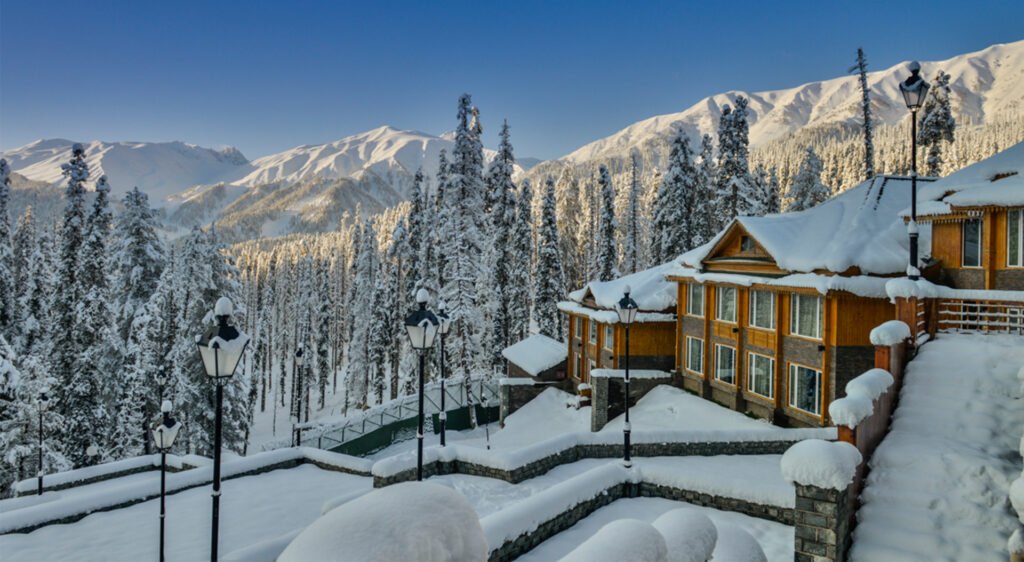
Perfect for remote alpine hikes, snow-covered trails, and fewer crowds in hidden destinations.
North Island Adventures
Waipu Caves
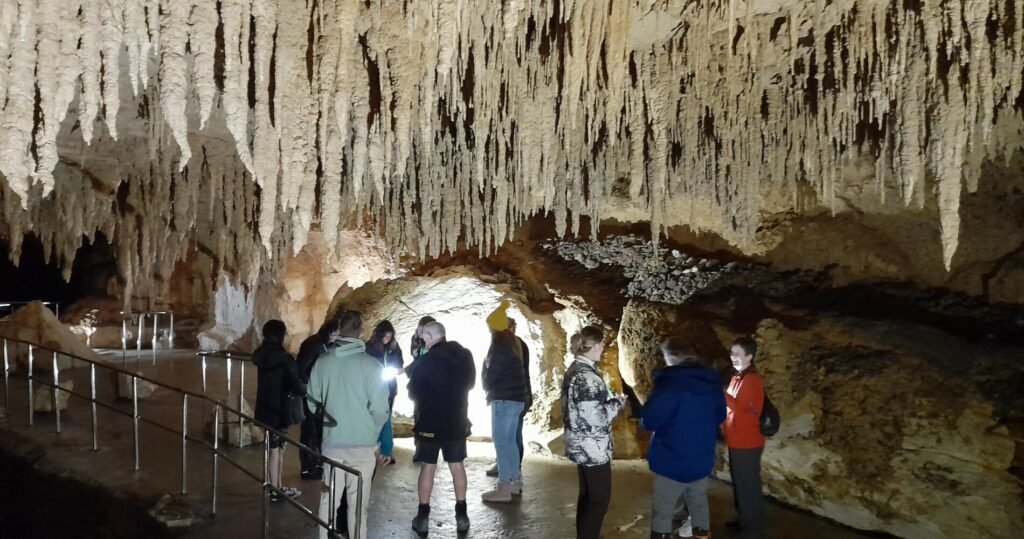
Located in Northland, Waipu Caves offers an awe-inspiring underground adventure filled with glowworms and limestone formations.
Forgotten World Highway

Journey through Taranaki’s historic landscapes, featuring tunnels, scenic bridges, and charming settlements.
Putangirua Pinnacles

This eerie rock formation near Wellington provides a dramatic landscape often featured in films like The Lord of the Rings.
South Island Adventures
Catlins Coast

Experience New Zealand’s rugged coastline, where dense forests meet cascading waterfalls and unique wildlife.
Lake Marian

Tucked away in Fiordland National Park, Lake Marian is a pristine alpine lake surrounded by towering peaks.
Kahurangi National Park

This remote wilderness is ideal for experienced hikers, featuring challenging trails and incredible biodiversity.
Adventure Activities for Thrill-Seekers

- Caving Expeditions: Explore untouched caves like Rawhiti Cave or Ngarua Caves.
- Biking Trails: Ride along remote trails such as the St James Cycle Trail.
- Surfing Remote Beaches: Piha and Raglan offer secluded waves for experienced surfers.
Wildlife Encounters in Hidden Spots
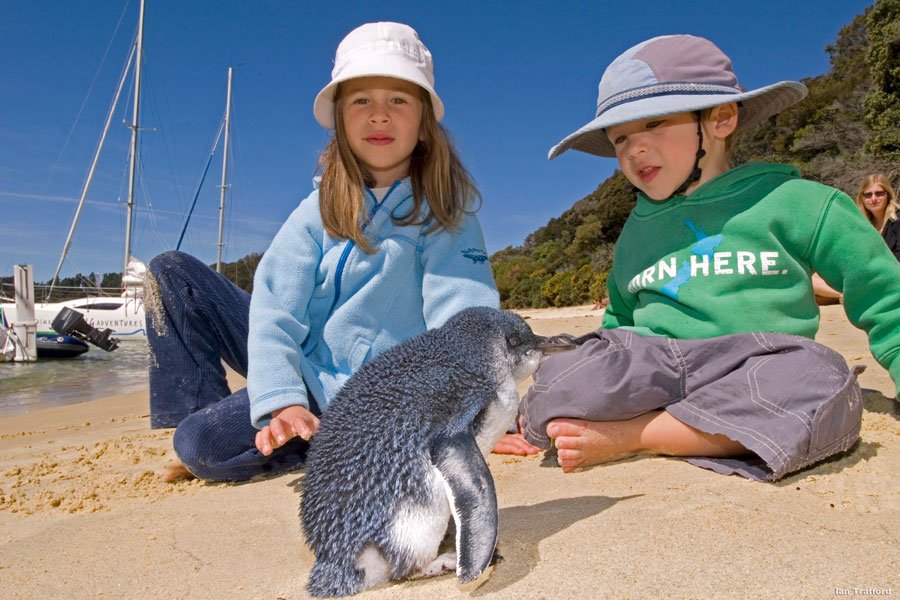
- Witness rare birds like the Kiwi in remote bushland.
- Observe penguins waddling along the beaches in the Catlins region.
Cultural Experiences in Secluded Areas
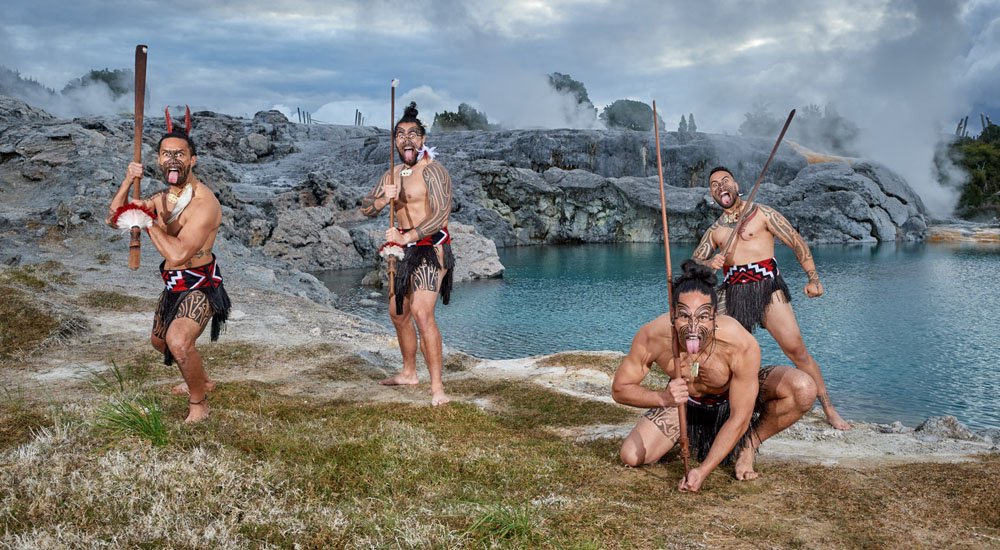
- Visit Te Kōhanga Waka, a unique Maori heritage site in the Bay of Islands.
- Discover charming artisan markets offering handmade crafts and local cuisine.
Unique Lodging for Authentic Experiences

- Stay in eco-friendly cabins overlooking pristine forests.
- Try remote farm stays to immerse yourself in rural Kiwi culture.
Essential Packing Tips for Remote Adventures
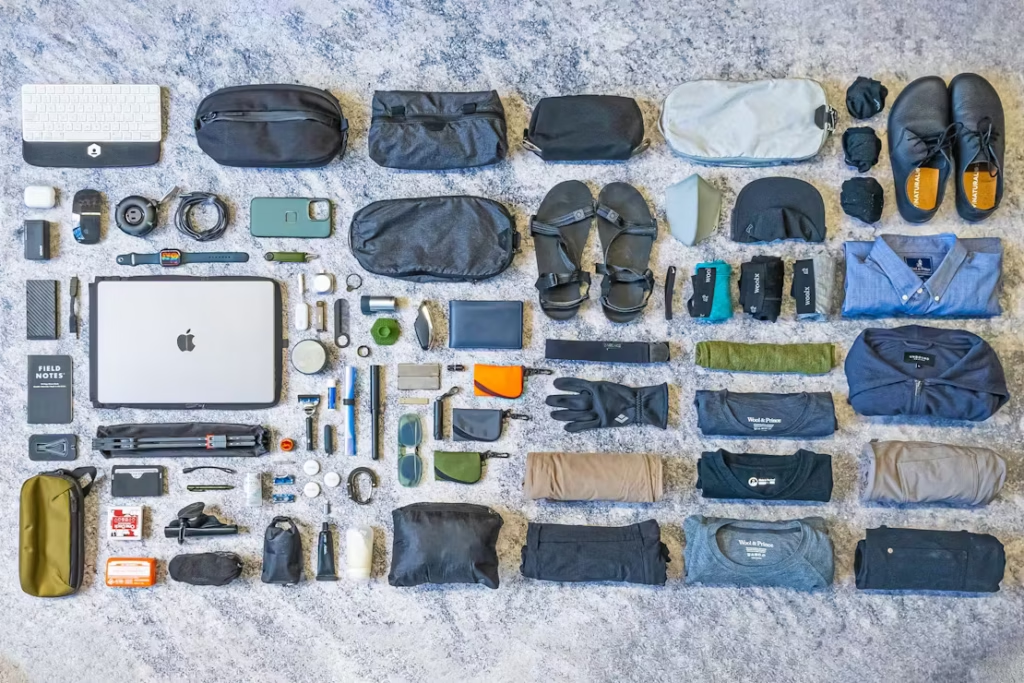
- Pack layers for unpredictable weather.
- Carry essential outdoor gear like maps, compasses, and sturdy hiking boots.
How to Stay Safe on Remote Trails

- Bring an emergency beacon for communication.
- Use offline GPS apps to navigate unmarked paths.
Eco-Friendly Travel Tips for New Zealand’s Wilderness

- Reduce your influence by adhering to the Leave No Trace philosophy.
- Respect local wildlife and avoid disturbing fragile ecosystems.
Budget-Friendly Travel Hacks
- Book adventure tours during off-peak seasons for discounts.
- Consider carpooling or campervans for budget-conscious travel.
Recommended Itineraries for Offbeat Adventures
7-Day North Island Road Trip
- Day 1: Waipu Caves
- Day 2-3: Forgotten World Highway
- Day 4-5: Putangirua Pinnacles
- Day 6-7: Bay of Islands for cultural experiences
10-Day South Island Expedition
- Day 1-2: Catlins Coast
- Day 3-4: Lake Marian Hike
- Day 5-6: Kahurangi National Park
- Day 7-10: Fiordland National Park for scenic beauty and wildlife
Conclusion
Exploring New Zealand’s off-the-beaten-path destinations offers an unparalleled adventure filled with hidden gems, diverse wildlife, and authentic cultural encounters. Embrace the road less traveled, and you’ll discover a side of New Zealand that most tourists miss.

